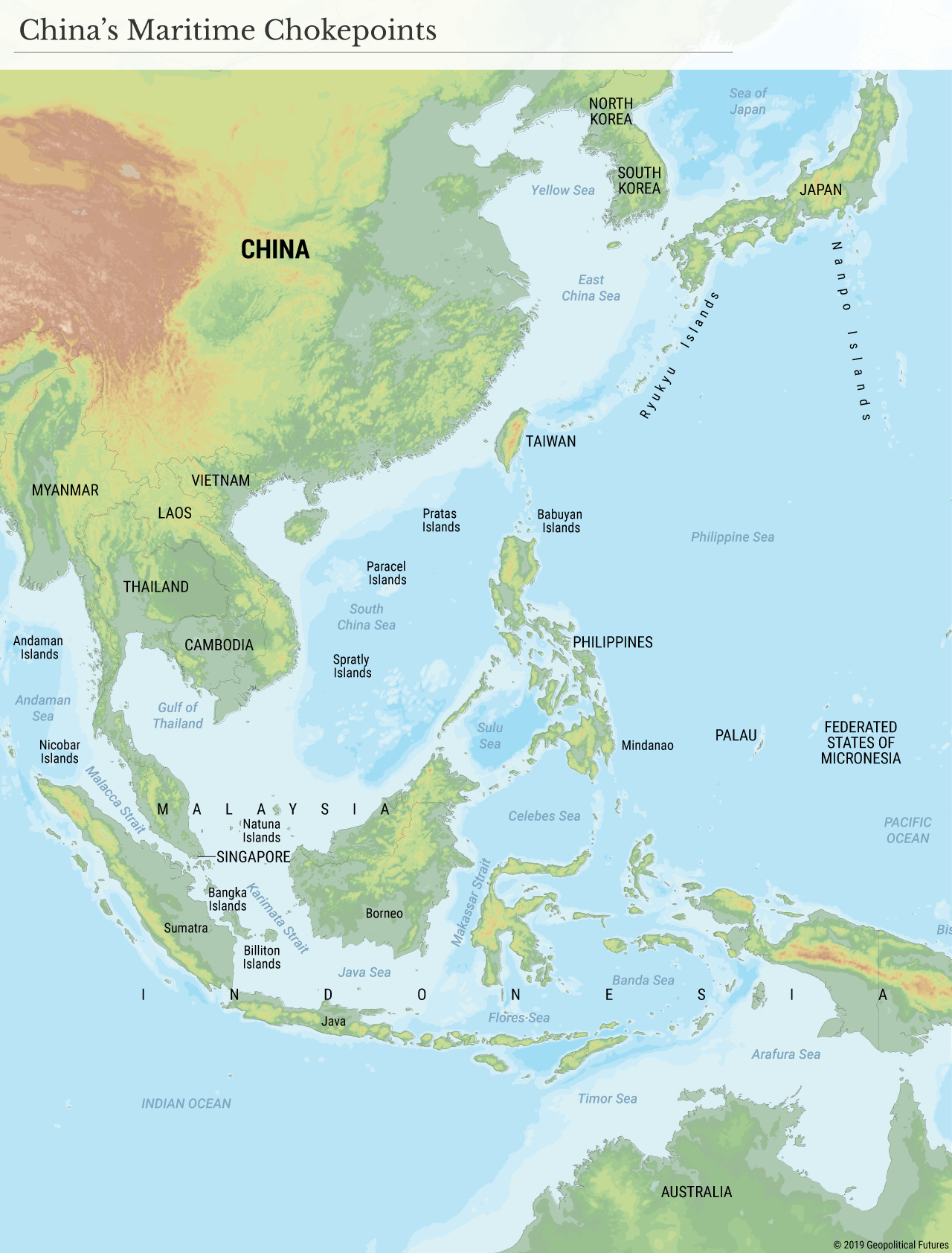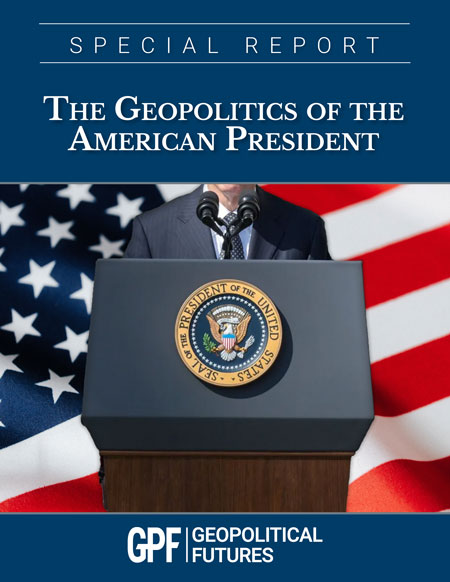China’s breakneck military buildup has generated all sorts of alarm in both Washington and Taiwan. U.S. arms sales to the island have spiked over the past decade accordingly. Taipei is rapidly expanding its indigenous capabilities as well, as illustrated by a $9 billion (or 5.2 percent) jump in defense outlays announced last week. But there are two ongoing, intertwined debates that will define the trajectory of the U.S.-Taiwanese partnership going forward. In Taipei, where there’s widespread concern that the Taiwanese military has become outdated and ill-suited for countering the Chinese threat, the dilemma is how to best structure its military modernization drive. In short, Taiwan is deciding whether to become a “porcupine” – focusing on defensive capabilities aimed at buying time during a Chinese attack – or a “pit viper,” emphasizing the ability to strike back and deter China by raising the political costs at home of an attack. The outcome of this debate will hinge largely on a parallel one taking place in Washington: whether the long-held U.S. policy of “strategic ambiguity” has outlived its usefulness.
Quills Out
On paper, Taiwan has a formidable military. It has more than 160,000 well-armed troops (plus another 1.65 million in reserve) and thousands of armored fighting vehicles and camouflaged, self-propelled artillery pieces. It has a modern, sophisticated air force boasting a fleet of some 140 F-16s. Even its indigenous submarine program is also making notable progress against steep odds.
More important, it has an extraordinary geographic advantage. Only 10 percent of Taiwan’s coastline is suitable for an amphibious landing. It doesn’t matter how many troops, arms and supplies the People’s Liberation Army can amass on the shores of Fujian province across the Taiwan Strait. To invade Taiwan, China would need the bulk of its forces to get into boats and make an eight-hour voyage into the teeth of Taiwanese firepower coming from well-entrenched, well-supplied onshore positions. Even taken by surprise, Taiwan could amass its forces at the landing zones, even under a missile barrage from Fujian, and exact high rates of attrition on the Chinese. Moreover, the PLA has no experience with amphibious operations in a modern combat environment. Amphibious war requires extraordinarily complex coordination, especially logistical coordination, among air, land and sea forces. An enormous number of things would have to go right for China to succeed, and the political risks of failure would be sky-high. Occupying and pacifying Taiwan, moreover, would introduce a whole new set of headaches.
However, there’s been growing concern both in Washington and Taipei that these numbers considerably overstate the Taiwanese military’s power. The bulk of its millions of reservists, for example, receive relatively little training, and combat readiness is generally considered woefully low. The structure and spending priorities of the Taiwanese military are cause for concern too. Its fleet of warplanes, though capable, would almost certainly be overwhelmed by China’s superiority in both numbers and technology. It’s a similar story for the Taiwanese navy, which would be operating within range of China’s arsenal of anti-ship missiles and warplanes and would be vulnerable to swarm attacks from China’s vast fleet of warships, coast guard vessels and maritime militia.
As it happens, warplanes and warships are also incredibly expensive. Nearly 10 percent of its new, bigger defense budget is earmarked for F-16s alone. China’s economy is more than 20 times the size of Taiwan’s. Taipei simply can’t sustain the PLA’s level of spending, and thus it’s a pretty bad idea for Taiwan to try to defeat China by going toe to toe with it in conventional combat. Already, the air force is reportedly getting worn down – and its coffers drained – merely by responding to China’s ever-increasing tempo of incursions into the Taiwanese air defense identification zone.
Its problems in force structure stem largely from the fact that, for most of Taiwan’s history since the People’s Republic of China’s takeover of the mainland in 1949, Taiwan had good reason to focus on expensive, technologically superior platforms. More often than not, China was a mess internally and couldn’t come close to developing the sorts of technologies the U.S. was selling Taiwan. In fact, the U.S. sometimes limited what it was willing to sell Taiwan for fear that Taipei would be emboldened to head back across the strait and try to restart the civil war. This made Chinese invasion an abstract threat, at worst, contributing to Taiwan’s problems with combat readiness.
But after getting embarrassed by the U.S. in the Third Taiwan Strait Crisis in 1995-96, and seeing U.S. technologies in action in the Gulf War and the Balkans, China got serious about catching up. In the two decades since, it’s closed the technology gap with astonishing speed. And its size advantage has only grown in tandem with its economic growth.
Coiled and Cocked
So there’s a view today that Taiwan should instead redirect its efforts on countering Chinese superiority in much the same way that China is preparing to counter the U.S.: by investing heavily in comparably cheap, abundant assets like anti-ship missiles, air defense systems, underwater mines, etc., in lieu of more expensive prestige platforms. The “porcupine strategy,” in effect, is to hunker down, maximize Taiwan’s geographic advantages, deny easy access to Taiwanese waters, and make it so that if the Chinese want to invade, they’ll have to take on a grinding, costly, potentially unsustainable offensive. Another goal of this is to give the U.S. and other potential allies time to deploy forces into the theater, whether for direct intervention or to relieve pressure on Taiwan indirectly by imposing a blockade along the many chokepoints encircling China. The U.S., whose own strategy in the East China Sea would benefit enormously from a Taiwan capable of keeping Chinese maritime forces bogged down with sea denial assets, has increasingly been nudging Taipei in this direction.
There are a couple of downsides to this strategy, though. One is that it should not be assumed that a Chinese attack would automatically mean a Chinese attempt at invasion. Most likely, a Chinese move on Taiwan would start with a seizure of one of Taiwan’s outlying islands and/or the imposition of at least a limited blockade. The porcupine strategy does little to account for these scenarios. Another is that any direct Chinese attack on Taiwan, regardless of whether the ultimate goal was invasion, would start with a massive missile barrage. The initial goal would likely be simply to stun Taipei into negotiating on Beijing’s terms. A potential secondary goal would be to clear the decks for an invasion. The porcupine strategy is ill-suited for this sort of an attack, nor is it good for sustaining Taiwan’s defenses for a potential follow-up invasion attempt.
As a result, some argue that Taiwan still needs to invest in substantial counterstrike capabilities, even expensive ones, to truly deter China. In other words, Taiwan must have a way to raise the political risks for Beijing of undertaking some sort of kinetic operation against the self-ruled island. A Taiwan with the ability to conduct precise strikes on missile positions, naval facilities and airfields in Fujian province, or even civilian infrastructure there, is a much more unpredictable and dangerous Taiwan, or so the thinking goes. And given Beijing’s inherent distrust of its own people and existential fear of both public anger and unchecked public nationalism, the path of least resistance would point firmly toward living comfortably with the cross-strait status quo.
Strategic Ambiguity
There’s another important, complicated factor: the question of whether the U.S. would, in fact, intervene on Taiwan’s behalf. The U.S. and Taiwan are not formal allies, and there’s nothing forcing the U.S. to defend Taiwan. The U.S. is merely required by the 1979 Taiwan Relations Act to sell or provide Taiwan what it needs to defend itself. To be sure, the U.S. has numerous, and arguably growing, strategic interests in coming to Taiwan’s aid. Taiwan is the proverbial “unsinkable aircraft carrier” and could be extraordinarily valuable as an ally, considering that the U.S. is presently looking for places in the region to deploy ground-based anti-ship, anti-air assets and rapid reaction forces. Taipei and Washington have been hinting that the return of at least a tripwire U.S. force to the island is not as laughable an idea as it would’ve sounded just a decade ago.
At the same time, the PLA’s buildup of anti-access/area denial capabilities is making it increasingly risky and costly for the U.S. to do so. There’s increasing concern in Washington that China, within the next decade or so, may be capable of making it prohibitively costly for the U.S. to try to operate anywhere around Taiwan. And reunification is Beijing’s utmost strategic and political priority. Retaking Taiwan would blow a massive hole in the U.S. containment strategy – and put China in a more enviable position to threaten Japan. For Beijing, reunification is a matter of when, not if.
As a result, the U.S. has maintained a policy of “strategic ambiguity” about its defense commitments to Taiwan. This is a reasonable enough approach. The U.S. does not want to get pulled into a war not of its choosing – not to mention one that it may very well lose. And so long as China thinks there’s a strong possibility of the U.S. intervening, it’s a strong deterrent against Chinese attack on Taiwan. The U.S. also does not want to implicitly give Taiwan a green light to declare independence (and thus likely trigger a war).
But there are several trade-offs here. It increases the risk of misinterpretation and miscalculation in an incredibly tense theater, for example. Ambiguity can be viewed by allies as ambivalence, compelling them to take actions that undermine U.S. planning. And the policy invariably keeps Taiwan’s military modernization plans in limbo. Simply put, if Taiwan can count on U.S. or allied counterstrike capabilities, then going all-in on the porcupine strategy makes more sense. If not, then Taiwan probably needs to devote a healthy share of the budget to its own counterstrike assets. Ideally, it would pursue both, but spending more on one will inevitably undermine the efficacy of the other. The scale of the threat posed by China is such that fundamental decisions on things like force structure can’t be delayed until a true crisis crystallizes everyone’s positions.
Thus the debate in Washington about whether it’s time to clarify its position on defending Taiwan. There are all sorts of political and diplomatic pitfalls here, and the U.S. cherishes flexibility, so don’t expect any major decision to be made soon – at least not one announced publicly. And if the U.S. is at all unsure about its willingness or ability to defend Taiwan, strategic ambiguity will remain. But there will be clues about where this debate is heading in the types of assets the U.S. sells Taiwan going forward, as well as the direction Taiwan goes in developing its indigenous arsenals at home.






 The Geopolitics of the American President
The Geopolitics of the American President